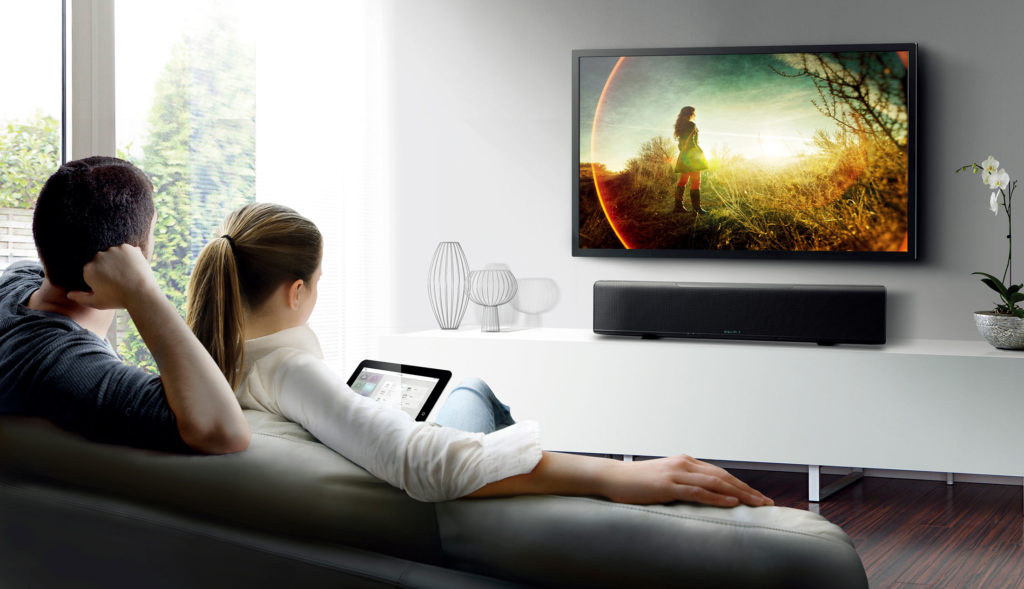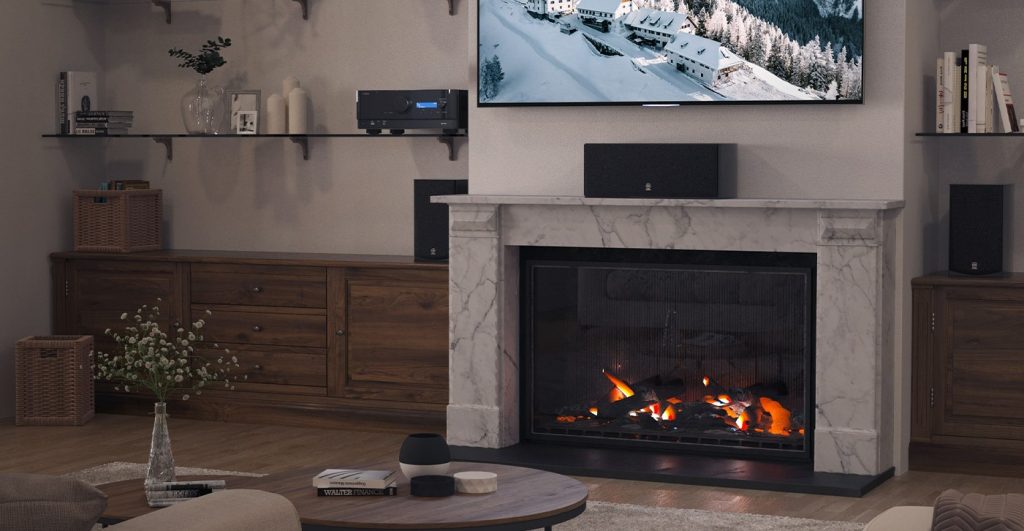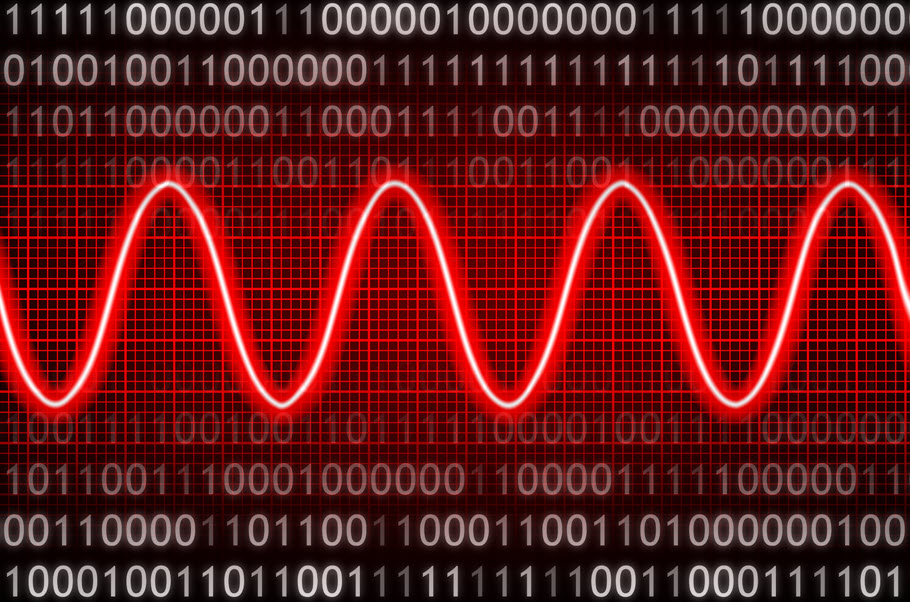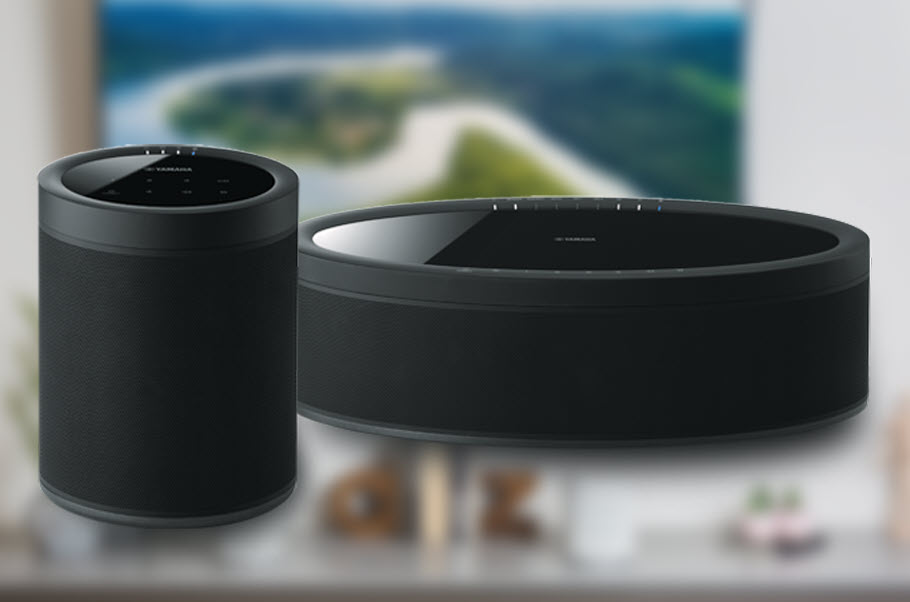Ultra Hi-Fi, Part 3: The Difference Made by a Balanced Signal Path
The quickest path to great sound isn’t necessarily a straight line.
Just as in music, the secret to creating a great-sounding audio system is balance. If two singers are harmonizing a melody but one is louder than the other, the balance is off — and it’s noticeable. Creating the ultimate Hi-Fi system requires that same kind of attention to detail.
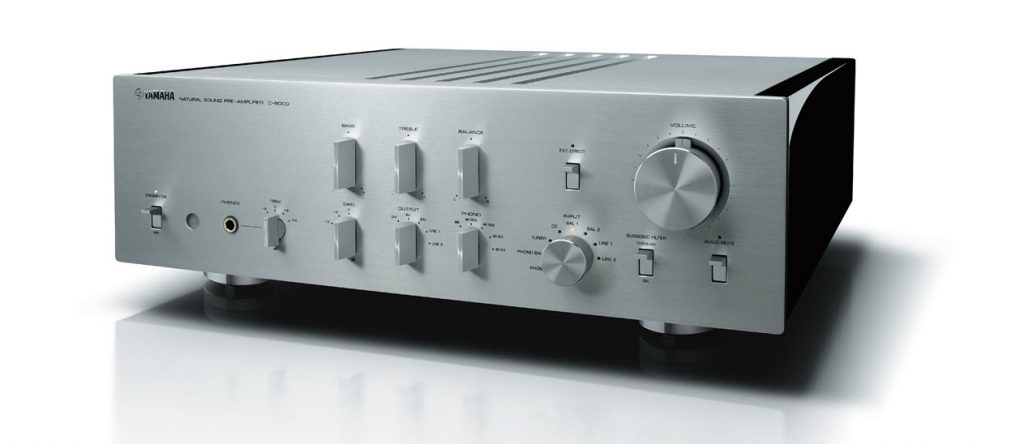
The new Yamaha 5000 Series of flagship high fidelity audio components are designed to allow you to listen to music as the artist intended. They include the GT-5000 turntable, C-5000 preamplifier and M-5000 amplifier, which utilize an end-to-end balanced signal chain to deliver pristine audio to your loudspeakers — especially when used with our advanced NS-5000 speakers. In this article, we’ll explain the benefits of a balanced signal path.
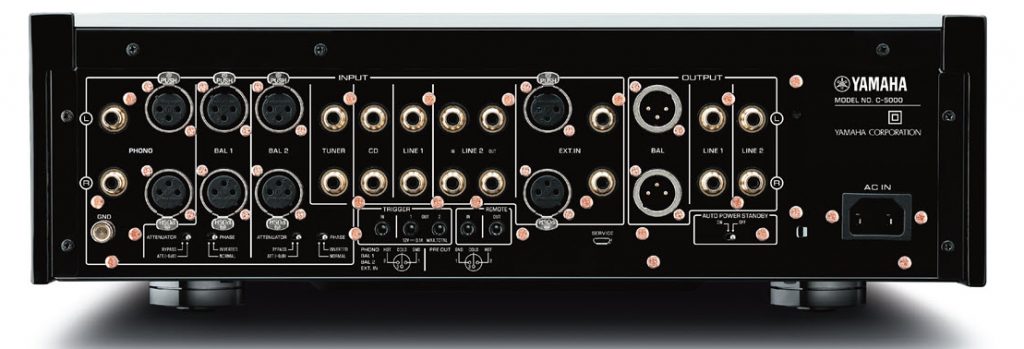
A balanced signal path is established when an audio signal travels from its source (such as a turntable or CD player) to its final destination (your ears) while being isolated from potential noise in the audio ground circuit.
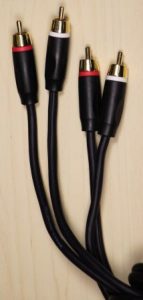
Unbalanced signal paths are susceptible to signal noise caused by electrical and magnetic interference because they offer only a single audio connection, encased in an outer conductor ground shield. RCA cables are widely considered the industry standard for unbalanced audio connections. They are used in many Hi-Fi systems, as well as by many gaming systems, turntables, sound bars and AV receivers. These kinds of interconnections generally offer satisfactory sound quality. However, when striving for the purest sound possible, a balanced signal path is a better way to go.
This requires that all audio stages be balanced, from source to preamplifier to amplifier, as well as the speakers themselves. Balanced circuitry requires twice the electronics, with hot (plus) and cold (minus) paths that mirror each other to completely isolate the audio signal from the ground.
Accordingly, you’ll need to use cables with XLR (External Line Return) connectors to route signal between your audio components. These are the same types of cables used in live sound and recording to connect microphones, effects processors, audio interfaces and other line-level devices to mixing boards — and to connect output signal from the mixing board to power amplifiers. When used for home audio, they typically connect a source to a preamplifier and amplifier — for example, the GT-5000 turntable into a C-5000 preamp and then an M-5000 amp.

As shown in the illustration on the right, XLR connectors come in two varieties: male and female, with the male type used when sending signal, and the female type used when receiving signal. Regardless of the “gender” of the connector, each contains three contact points (“pins”). One pin carries hot (plus) signal, while the other carries cold (minus) signal. These are mirror images of each other (which results in greatly reduced noise), and both are electrically isolated from the ground reference on the third pin. As with most interconnecting cables, thicker conductors provide greater shielding of the audio signal to establish lower noise along a greater distance. For added reliability, the connectors are often equipped with locks to keep them in position for a more reliable connection.
Establishing a balanced signal path is not a guaranteed route to the perfect high fidelity audio system – but it’ll definitely get you in the ballpark. By using balanced interconnections and high end components (like the Yamaha 5000 Series), you’ll be entering a world of True Sound in no time.
Check out our other Ultra Hi-Fi blog articles:
Part 1: The Difference a Tonearm Makes
Part 2: The Difference Made by Speaker Driver Materials
Part 4: Going Beyond Perfection
For more information about balanced and unbalanced cables and connectors, read our “Interconnections 101” blog posting.
Click here for more information about the Yamaha 5000 Flagship Hi-Fi Series.











